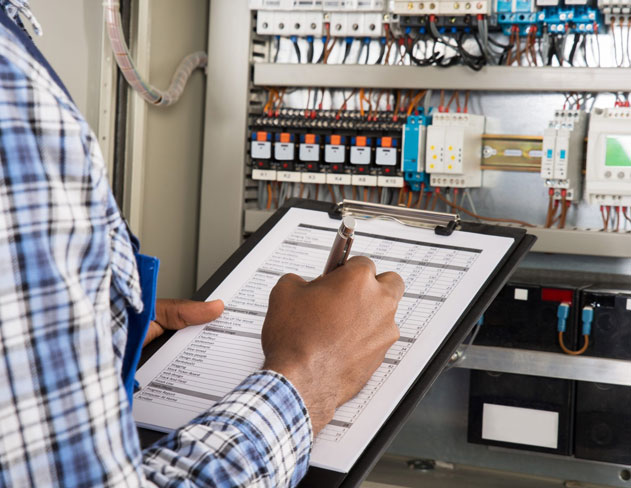Guide to Electrical Safety Standards in the Private Rented Sector
Recently the government changed the requirements around electrical safety in the private rented sector in England. The reasoning behind this regulatory change was to improve the quality of electrical installations in rented properties to reduce the risk of electrical shock or fire.
Here is your landlords’ guide to electrical safety, showing you how to make sure your tenants are safe in your property. This is achieved by complying with electrical safety standards in the private rented sector.
How have the electrical safety standards in the private rented sector changed in the last couple of years?
On 1st June 2020, new safety regulations came into effect. These new regulations will apply to new tenancies on 1st July 2020 and to existing tenancies on 1st April 2021.
Landlords now need to have their electrical installations inspected by a competent and trained individual every five years. Landlords will then have to provide a copy of the electrical safety report to their tenants – and to the local authority if need be.
Failure to keep to these regulations could result in landlords receiving fines up to £30,000.
What do these new electrical regulations for landlords require?
Landlords must ensure that the national standards for electrical safety are met, which are set out in the 18th edition of “Wiring Regulations”. To follow these new EICR regulations, they must obtain a Satisfactory EICR (Electrical Installation Condition Report), every five years
Once the EICR and any required remedial works have been carried out, then the landlord should provide a copy of the Satisfactory EICR to the existing tenant, any prospective tenants and new tenants.
The landlord will need to supply a copy to the local authority if requested, and withhold a copy themselves for their own personal records.
What kind of properties does this new legislation for landlords from 2020 onwards apply to?
The new legislation for electrical safety standards in the private rented sector applies to all cases where a tenant occupies a property as their main residence and they pay rent.
These new electrical regulations do not apply to social housing, lodgers, those on a long lease of more than seven years, student halls of residence, hostels and refuges, care homes and hospitals.
Do HMO properties need a similar electrical safety certificate?
A HMO property is a property shared between three or more separate households. These are usually properties that are rented by the room, and tenants share communal spaces such as the kitchen, bathroom, and the living room.
These new electrical regulations for landlords repeal the previous regulation for HMOs. This means that landlords who rent out a HMO property will have to follow the new regulations.
What about remedial work?
After the EICR electrical inspection has been carried out, any C2 or FI defects found with the property’s electrical installation must be repaired within 28 days by an approved electrician. If any C1 defects are found these must be repaired immediately.
After the work has been carried out, the landlord must then provide electrical certification to the tenants and to the local authority (if requested) within 28 days, to prove that the work has been completed.
How to comply with the new electrical regulations for landlords 2020
The most important aspect that landlords must remember about these electrical regulations is that each of their properties has to be inspected and tested by a qualified person every five years (at least).
Landlords are also legally obliged to provide a copy of the inspection and test report to any new, existing and prospective tenants. The local authority should also receive a copy if they ask for it.
Landlords must also ensure that the property meets the national standards for electrical safety, and remedial work should be carried out within 28 days of the test if required.
Book an EICR test today
To book an EICR check so that you comply with these new EICR regulations and safety standards, contact Hexo Electrical Testing. With our EICRs, we always offer competitive rates and a quick turnaround time.

